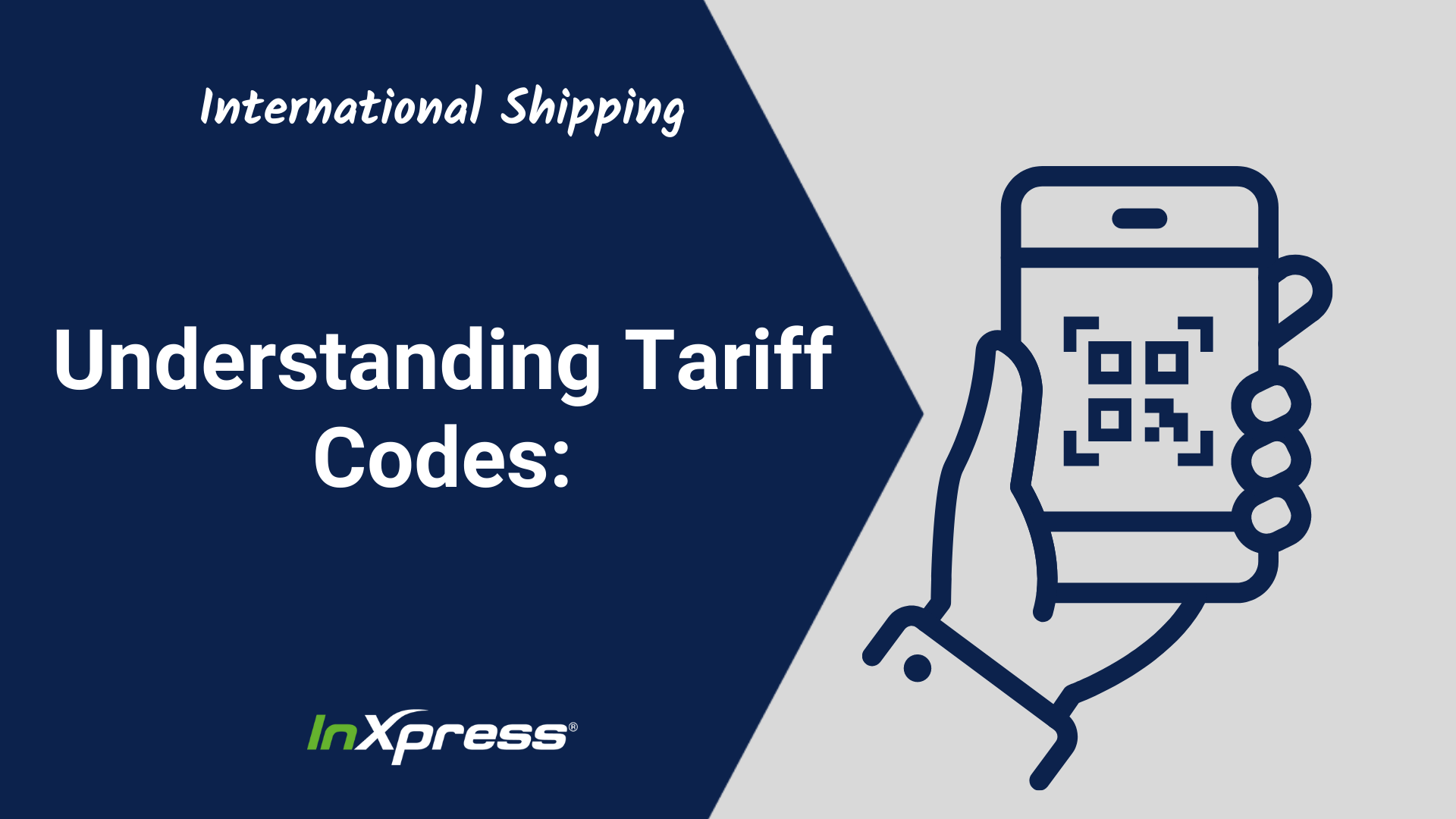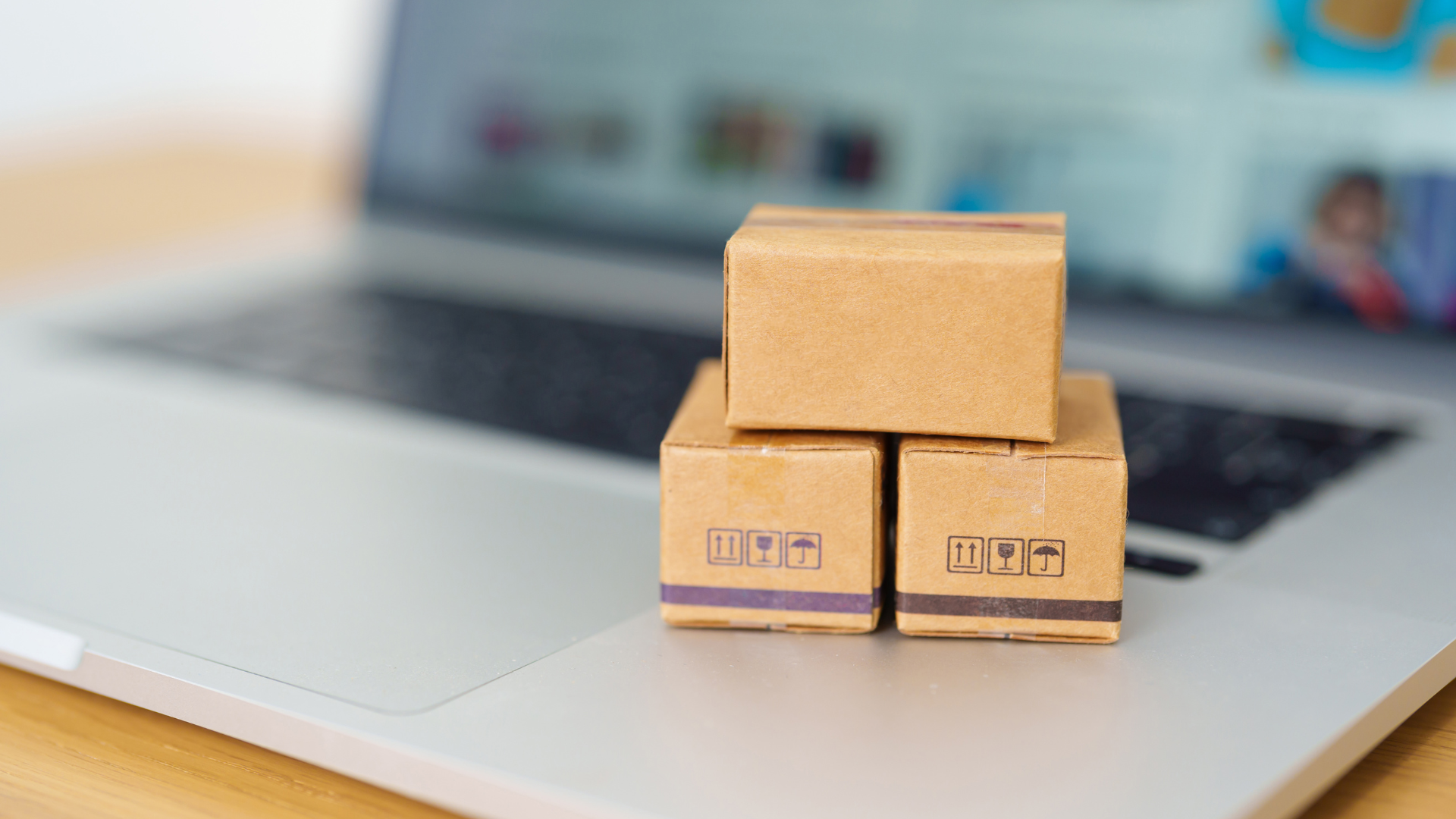Understanding Tariff Codes:

What are Tariff Codes and how are they used when shipping goods internationally?
In order to prepare for the international shipping process, there are various terms and codes that you will need to understand and navigate. Tariff codes being one of them.
What is a Tariff Code?
A tariff code is a product-specific code that exists for almost every product involved in global commerce.
Tariff codes are documented in the Harmonized System (HS), administered by the
World Customs Organization (WCO) and updated every five years. They serve as a foundation for the import and export classification systems and are used to ensure the uniformity of product classifications across the world.
How are Tariff Codes Determined?
A complete tariff code will be a minimum of six digits and a maximum of ten. The more numbers in a tariff code line, the more specific the product identification.
The
HS assigns specific six-digit codes for varying classifications and commodities. Countries are then allowed to add longer codes to these first six digits for further detailed classifications.
A code of less than six digits is considered a ‘partial tariff code’ and represents a broad product category or group of products in the HS.
What are Tariff Codes Used For?
Tariff codes are used by customs authorities around the world to;
- Determine what import duty rates apply (the tariff code is directly linked to the rate of duty payable on each commodity).
- Identify products that qualify for a ‘preferential tariff’ under a free trade agreement.
- Gather trade statistics
- Perform risk analysis
- Determine origin obligations & regulations.
- Identify trade agreements
- Monitor controlled goods (including dangerous goods, waste & protected animal species)
- Determine the necessity for import control permits and the applicability of any customs rebate provisions.
Are Tariff Codes Applicable to My Shipments?
All import and export commercial transactions require commodities on customs declarations to be classified according to a tariff heading.
If tariff codes are not correctly included in your documentation, your shipments will acquire extended delays at customs as well as inaccurate custom fees and taxes.
Where should I Include these Tariff Codes?
You will need to include these codes on the customs declaration as well as all other required shipping documentation (including your shipper’s letter of instructions,
commercial invoice and certificate of origin).
General Tariff Code FAQs:
Where can I find specific Tariff Codes?
The HS 2022 amendments and correlation table (up to a 6-digit level) can be accessed via the WCO website.
What happens if a Tariff Code is Incorrect or not Included?
Incorrectly classifying goods (with an inaccurate or incomplete tariff code) could lead to delays at customs and result in either the under or over payment of customs duties and taxes.
What if the tariff classification of goods is too complex?
The goods can be classified under two tariff headings.
What if there is no clearly identifiable or appropriate tariff code?
Apply for a written tariff determination at your local SARS office.
For further information, feel free to
contact us at InXpress. We’re here to assist you with all of your international shipping needs.











